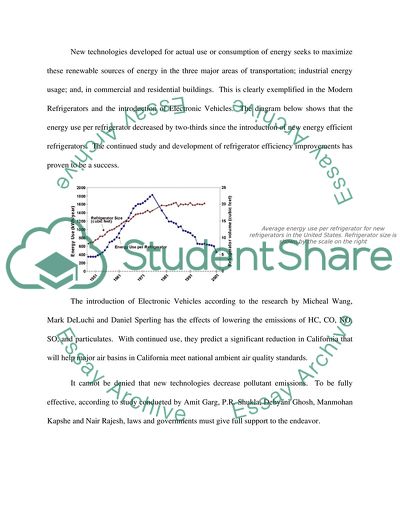Changes in technology anticipated to change the pattern of pollutant Research Paper - 1. Retrieved from https://studentshare.org/miscellaneous/1565163-changes-in-technology-anticipated-to-change-the-pattern-of-pollutant-emissions
Changes in Technology Anticipated to Change the Pattern of Pollutant Research Paper - 1. https://studentshare.org/miscellaneous/1565163-changes-in-technology-anticipated-to-change-the-pattern-of-pollutant-emissions.


